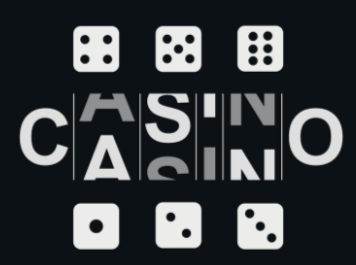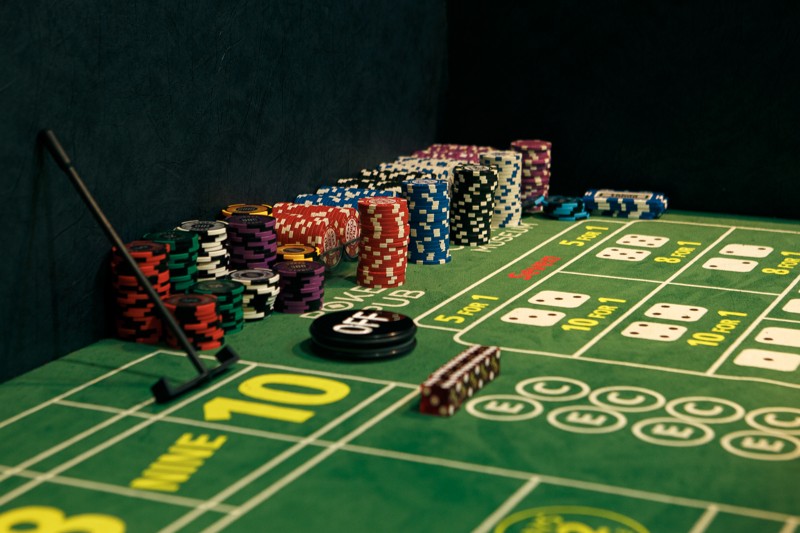Introduction: A New Reality for Danish Casino Players
In recent years, online gambling has evolved from simple 2D interfaces into complex platforms filled with animation, live dealers, and AI-enhanced features. But a new era is now on the horizon—Virtual Reality (VR). While the traditional online casino offers convenience and variety, VR takes the experience a step further by creating immersive 3D environments where players can walk, talk, and interact just like in a real casino.
In Denmark, where regulation and innovation go hand in hand, virtual reality is beginning to reshape how players engage with digital gambling. Interestingly, many early adopters of VR gambling have been drawn to udenlandske casinoer—foreign platforms not under Danish licensing—because they tend to experiment with tech before it becomes mainstream.
This article explores how VR is transforming the landscape of Danish online gambling, how the technology works, what challenges it presents, and what the future may hold.
The Essence of Virtual Reality in Gambling
Virtual reality is more than just 3D graphics. It’s about creating an environment that feels real. In a VR casino, you can walk into a lobby, sit at a blackjack table, gesture to other players, and even hear the ambient sounds of a bustling gambling floor.
What makes VR so appealing for online casinos?
- Immersion: Players feel as though they’re inside a real casino.
- Social Interaction: Talk and gesture with other players using avatars.
- Realistic Gameplay: From pulling a slot lever to placing chips on the table, every action feels tactile.
- Gamified Environment: Many VR casinos add achievements, unlockables, and customized avatars.
How VR Casinos Work: The Tech Behind the Magic
To understand VR gambling, we need to break down the tech components that power it:
1. VR Headsets
Devices like the Meta Quest, HTC Vive, and Valve Index are essential. They use motion tracking, spatial audio, and immersive displays to transport players into virtual spaces.
2. Haptic Feedback
Some systems incorporate gloves or handheld controllers that simulate touch, enhancing realism when spinning roulette wheels or flipping cards.
3. Multiplayer Infrastructure
Players join shared environments. Servers coordinate movement, gestures, and communication in real time, enabling true multiplayer gambling.
4. Game Engines
Platforms like Unity and Unreal Engine are used to design and render the virtual casino environment with photorealistic textures and dynamic lighting.
VR casinos combine all these elements into platforms that look and feel like real-world gambling experiences.
Why Denmark Is a Perfect Test Market
Denmark is uniquely suited for VR gambling innovation:
- High internet penetration and tech adoption
- Legally regulated online gambling market
- Player base that values both safety and experience
- Strong consumer protection standards
These factors create an environment where players are eager to try new formats but still expect them to meet stringent ethical and legal expectations.
Current VR Offerings in Danish Market
Though VR gambling is still in its early stages in Denmark, several international platforms have started offering VR-compatible games, and a few Danish operators have begun investing in pilot projects.
Examples of VR-Compatible Games:
- VR Roulette: Players can walk up to a table, interact with the dealer, and view the wheel from multiple angles.
- VR Poker Rooms: Avatars with animated gestures allow for more complex bluffing and psychological play.
- VR Slot Machines: Not just pulling levers—these involve entire game-themed rooms with bonus environments.
While many of these innovations are still offered through udenlandske casinoer, Danish platforms are monitoring their development closely and preparing for integration.
The Social Casino Experience in VR
One of the biggest advantages of VR is the social factor. Traditional online casinos often feel solitary, but VR introduces:
- Voice chat: Players can speak to each other during games.
- Avatar customization: A way to express personality and create continuity across sessions.
- Casino lounges: Virtual waiting areas where players relax, chat, or even watch live sports.
This kind of interaction builds a sense of community, making gambling more than just about money—it becomes a shared experience.
Challenges of VR in Danish Online Gambling
Despite its potential, VR casinos face a number of challenges, especially in the Danish context.
Technical Barriers
- Hardware Requirements: VR headsets are still relatively expensive.
- Bandwidth: VR requires high-speed internet, which might not be accessible everywhere.
Regulation and Licensing
- New Rules Required: The Spillemyndigheden (Danish Gambling Authority) has yet to create specific rules for VR environments.
- Player Identity Verification: Verifying users inside a virtual world adds complexity.
Ethical Concerns
- Immersion vs. Addiction: VR’s realism may increase the risk of compulsive behavior.
- Youth Protection: Avatars make it harder to visually assess player age.
- Cross-border Play: Use of udenlandske casinoer raises questions about safety and compliance.
Psychological Impact of VR Gambling
Virtual reality isn’t just a tech novelty—it impacts how players think and feel. Studies show that VR increases:
- Emotional engagement
- Time distortion (players underestimate how long they’ve been gambling)
- Risk perception (it may feel less like “real money” in a fantasy world)
These psychological effects have led experts to call for new responsible gambling tools adapted for VR:
- VR session timers that pop up inside the experience
- Avatar status bars showing time played or money spent
- AI-driven behavior tracking within virtual space (e.g., nervous gestures)
Danish regulators are already considering how these tools might be integrated before mass adoption occurs.
The Role of AI in VR Casinos
Artificial Intelligence plays a crucial role in the evolution of VR gambling:
- NPC Dealers: AI-driven virtual dealers that respond to speech and gestures.
- Personalized Game Rooms: AI adapts the environment to the player’s style (e.g., calming colors for anxious players).
- Real-time Intervention: AI monitors behavior and suggests breaks or tools when risk is detected.
In Denmark, AI is already used in non-VR contexts, but its integration with immersive environments represents the next frontier.
The Rise of VR Lotteries and Sportsbooks
While casinos are the main focus, VR is expanding into other gambling formats:
Virtual Lotteries
Imagine entering a virtual hall where you scratch cards or spin lottery wheels while surrounded by other players. This format adds celebration and ceremony to an otherwise solitary game.
VR Sports Betting
VR sports betting lounges simulate watching matches on big screens with others, creating a pub-like social environment. Some even offer virtual simulations of games when real ones aren’t live.
This diversification means that more types of players can find meaningful experiences in the VR gambling world.
The Influence of Udenlandske Casinoer
International operators have been at the forefront of VR development. Their flexibility and fewer regulatory constraints allow them to:
- Test experimental designs
- Offer early access to VR features
- Push boundaries of user engagement
However, Danish players using udenlandske casinoer for VR access may be exposed to lower safety standards, limited responsible gambling tools, or marketing practices that are not allowed in Denmark.
This highlights a paradox: innovation is driven by unregulated markets, yet sustainability and ethics demand local oversight.
Future Visions: What’s Next for VR Gambling in Denmark?
Interoperable Avatars
Future casinos may allow players to carry their avatar across platforms, giving continuity and identity to long-term play. Think of a digital persona that grows and evolves.
Mixed Reality Integration
Some platforms are experimenting with mixed reality, where your physical table becomes the base for a virtual casino surface—blending real and digital worlds.
Legal Sandboxes
Danish regulators may introduce innovation sandboxes, allowing casinos to test VR features under controlled conditions before full rollout.
Collaboration with Universities
Expect more partnerships between casinos and research institutions to study the effects of VR on gambling behavior, ethics, and player safety.
Final Thoughts: Embrace the Future, Respect the Risks
Virtual reality has the potential to transform Danish online gambling into a multi-sensory, social, and emotionally rich experience. It brings back the atmosphere of the physical casino while retaining the flexibility of digital access.
However, as the technology matures, so must the frameworks for protection and responsibility. Whether through advanced AI, strict licensing, or thoughtful design, the future of VR gambling in Denmark must prioritize safe immersion over unchecked novelty.
For players, it’s an exciting time. Whether you explore VR through regulated platforms or are tempted by udenlandske casinoer, the key is to remain informed, aware, and balanced in how you engage with this new dimension of play.
Because in the end, the most immersive experience is only enjoyable when it’s also sustainable.

